This is my short, curated list of books I have in my middle school classroom that have characters who represent the LGBTQ+ crowd. It think it’s important to have a wide range of maturity levels and difficulty levels for my students, so these books span from early middle grade to upper high school books.
Favorite LGBTQ+ Books
|
This Book Is Gay by Juno Dawson- This nonfiction book was hardly ever on my bookshelf over the last year and a half - usually you had to look into the hands of my reluctant readers to find it. It is a guidebook to puberty and relationships for teenagers who identify as LGBTQ+. The general focus is on teenagers who are gay or lesbian, but it does briefly reference the rest of the LGBTQ+ crowd, too. Fair warning, the book is explicit, but in a respectful, humorous way. The honesty is what makes the kids so desperate to read it. The best part about having this book in my classroom is that most of the students who picked it up do not identify with LGBTQ+, so they were taking an opportunity to understand someone different than them.
|
|
Two Boys Kissing by David Levithan- A beautiful, unique book about two ex-boyfriends who set out to break the Guinness World Record for longest kiss ever. Their goal? Over 30 hours. Straight. Kissing. That tagline alone should have your students full of questions. How do they go to the bathroom? How do they eat? How do they drink? Do they sleep? Their quest to break the record is in response to a local hate crime, so the book would make great connections to our current climate of protesting (What makes an effective protest? What should protests look like?) The book also weaves in several other stories, about an outed boy who turns suicidal, a long term relationship between boyfriends, a new relationship for a trans male, and narrated by the ghosts of the AIDS epidemic.
|
|
I’ll Give You the Sun by Jandy Nelson- My colleague recommended this book to me, and because she’s awesome, I bought it and started reading it with no background knowledge. I finished it in one weekend, laying on my coach utterly absorbed in the beautiful writing. This is on my Top-10 All Time YA Books list, not just under the LBGTQ+ theme. The romance is more raw than a John Green-novel (gasp!), featuring characters with a little more bite. Plus, Jandy Nelson sets up the story so that you are constantly trying to figure out how the pieces come together. The story is about two twins, Noah and Jude. Each tells one half of the story, leaving enough room for the reader to guess at all the ways the actions of one person inadvertently affect the life of another.
|
|
The 57 Bus by Dashka Slater- A powerful, painful book about a real-life incident on a bus in Oakland. A black teenager with a troubled past lit the skirt of an agender teen on fire, causing severe burns on their body. The story is not a simple story, and both characters face societal obstacles in their lives. Dashka Slater does an excellent job of telling the story from both perspectives, helping the reader understand -- How do we respond to hate?
|
|
George by Alex Gino- This book is aimed for a younger audience. It’s about George, a ten year old transgender girl, who would really like to be called Melissa. She hasn’t told anyone this yet, but it doesn’t stop the bullies from tormenting her. Luckily, she has a great friend in Kelly, who stands by her and accepts her for who she is. It’s a great book about staying true to who you are, and kids will appreciate the moral.
|
|
Aristotle and Dante Discover the Secrets of the Universe by Benjamin Alire Saenz- It’s been a little while since I’ve read this one. I remember a touching friendship, a surprising romance, and realistic, teenage angst-y character voices. Bonus in my classroom is the Latino culture and language incorporated.
|
|
Boy Meets Boy by David Levithan- Imagine for a second: with a swipe of your hand you can pick up all the hurting and confused LBGTQ+ teenagers and drop them in a town that was loving and accepting, where they were celebrated for who they were. This book does that. Master writer David Levithan set out to write a book that was a happy romance, a universe where LGBTQ+ kids could go and leave behind the discrimination. He wanted to imagine a happy place. This book is, simply, a sweet romance between two boys.
|
Honorable Mentions
Lumberjanes [Comic Book series] by Noelle Stevenson
Drama by Raina Telgemeier [Graphic Novel]
Tomboy by Liz Prince [Graphic Novel]
My TBR List [To Be Read]
We Are Okay by Nina LaCour
Gracefully, Grayson by Ami Polonsky
One Half From the East by Nadia Hashimi
































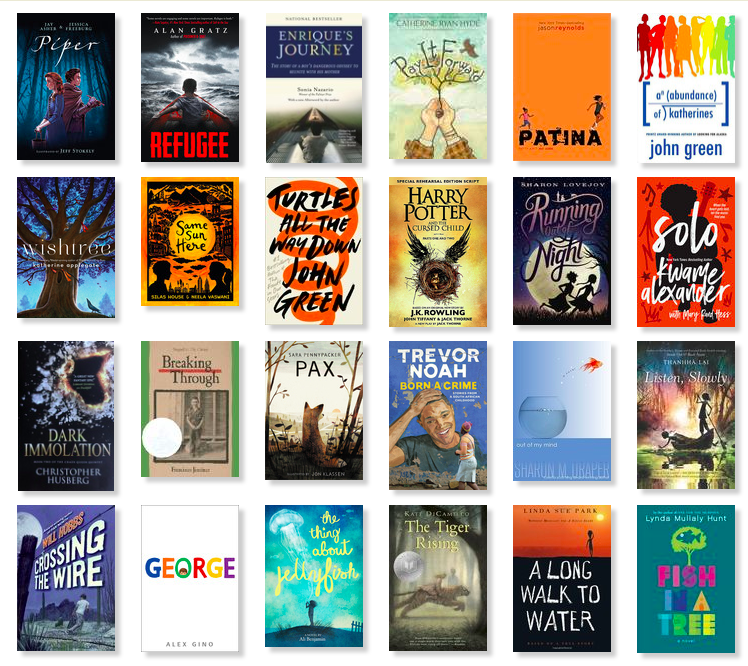
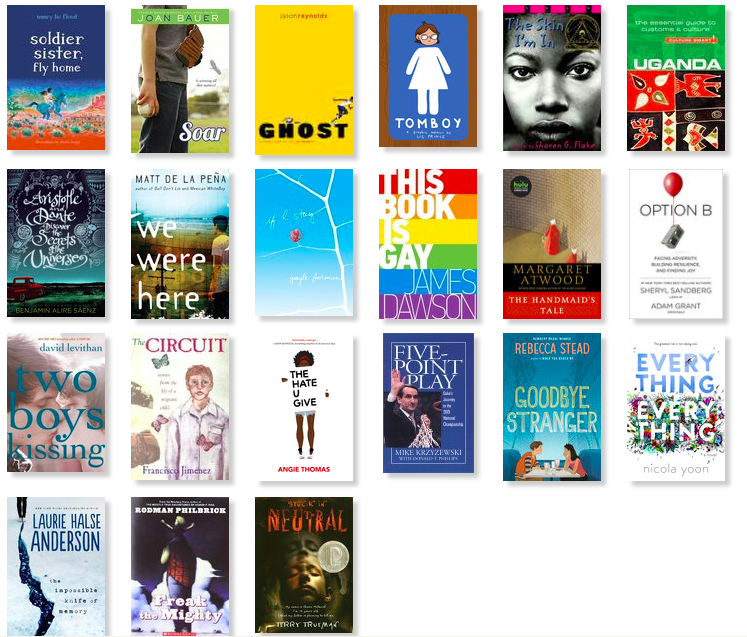
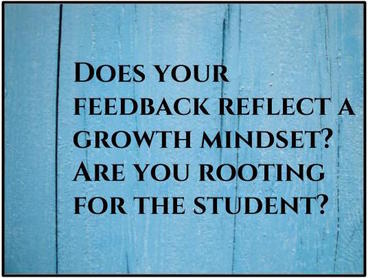
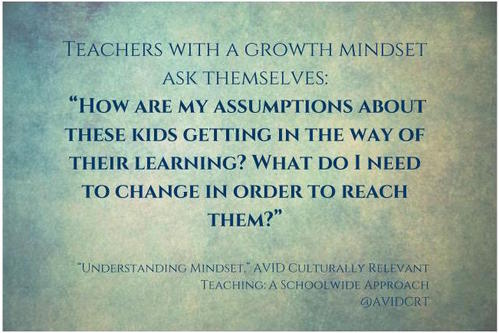


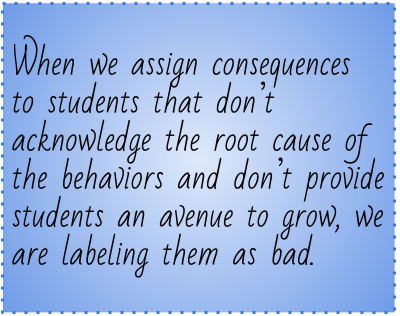
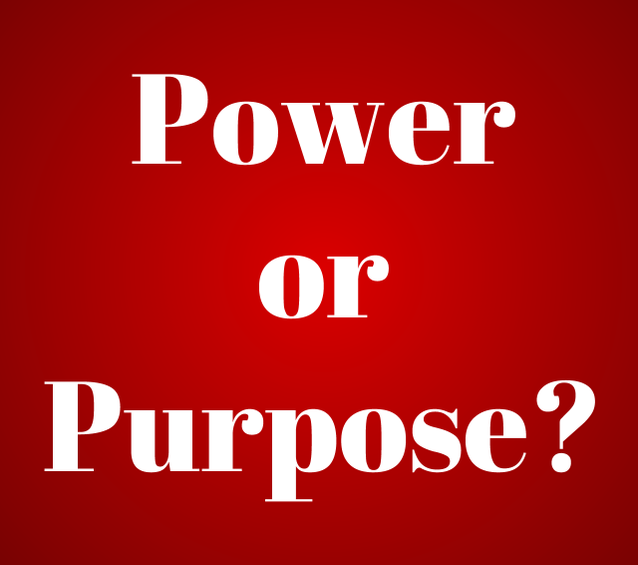

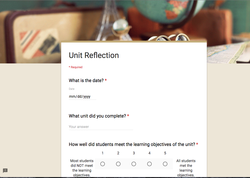
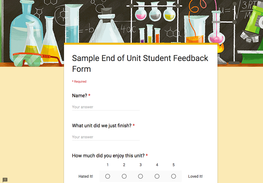
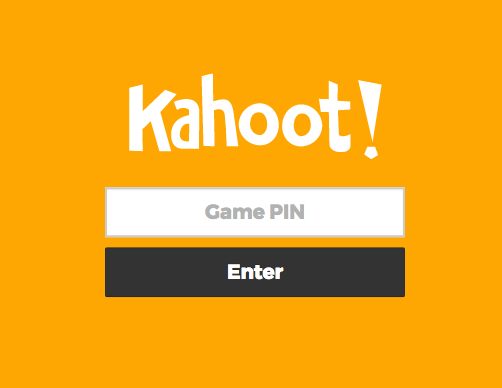
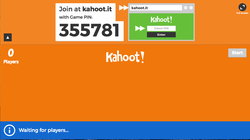
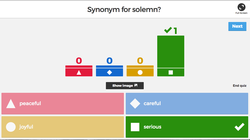
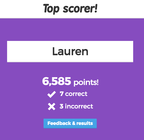
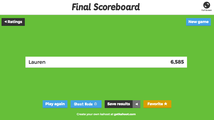
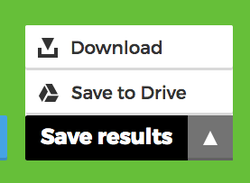

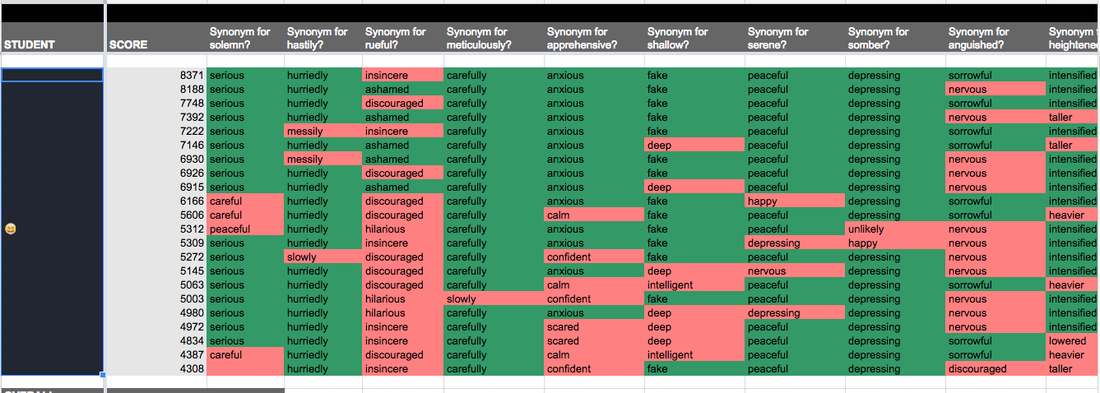
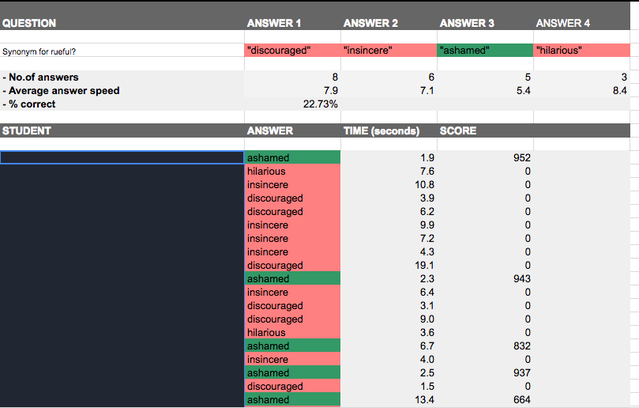
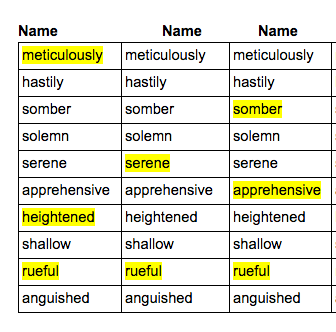

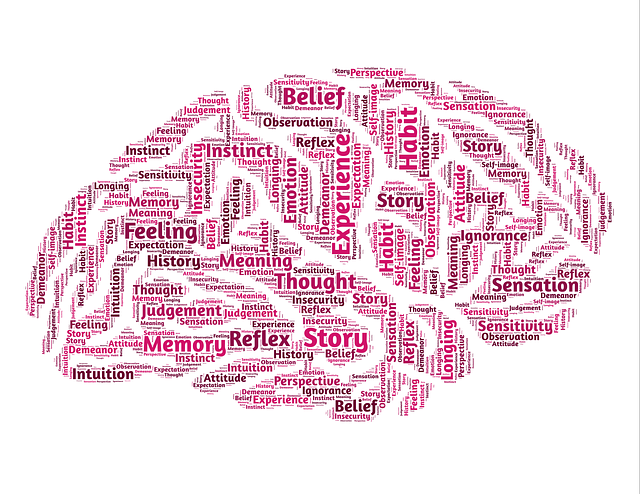
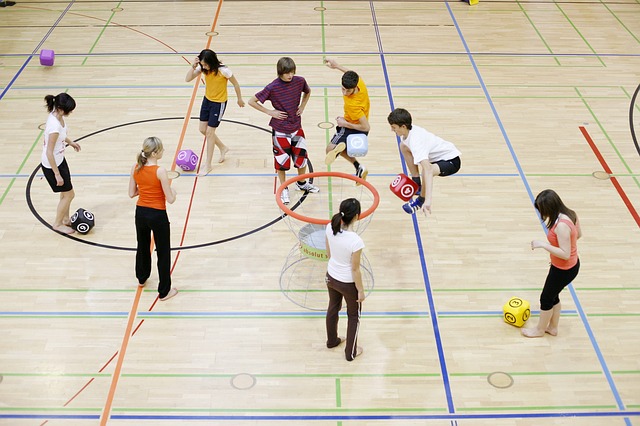

 RSS Feed
RSS Feed
